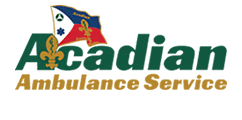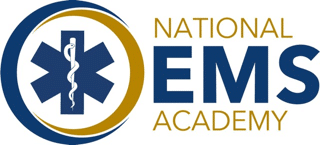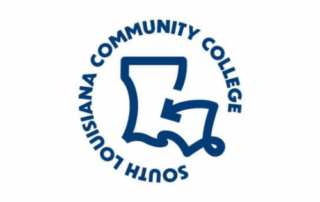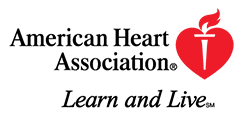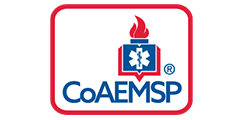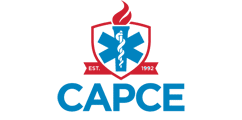Louisiana Anatomy and Physiology (A&P)
The Next Step to Becoming a Paramedic
Where to Start
The A&P course for paramedics is a survey course that covers all 11 body systems. A&P is offered online every summer and fall. Students must review the course packet, complete the registration form and apply to SLCC in order to be considered enrolled in class.
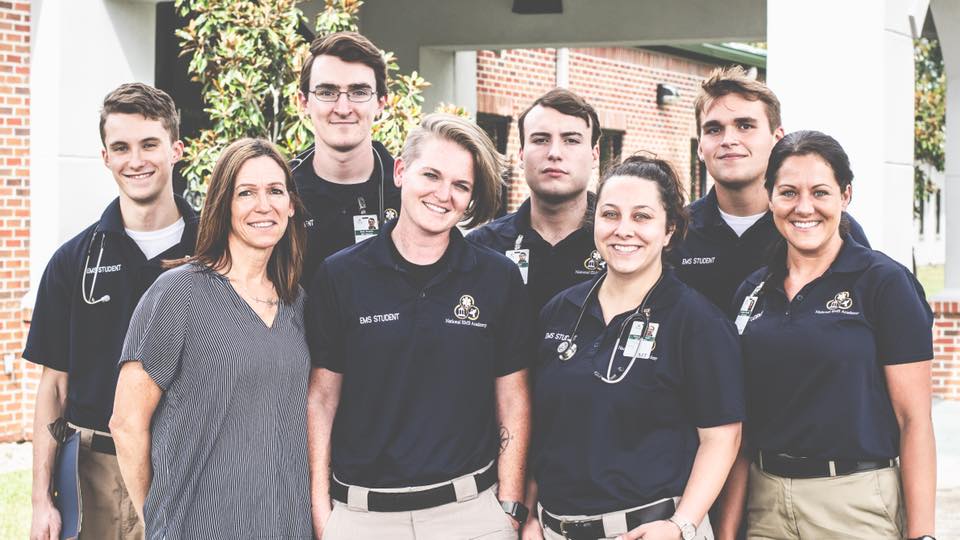
Prerequisites to Paramedic Training
- All students must be Nationally Registered Emergency Medical Technicians (EMT’s).
- All students must pass a college-level Anatomy and Physiology course that covers all 11 body systems.
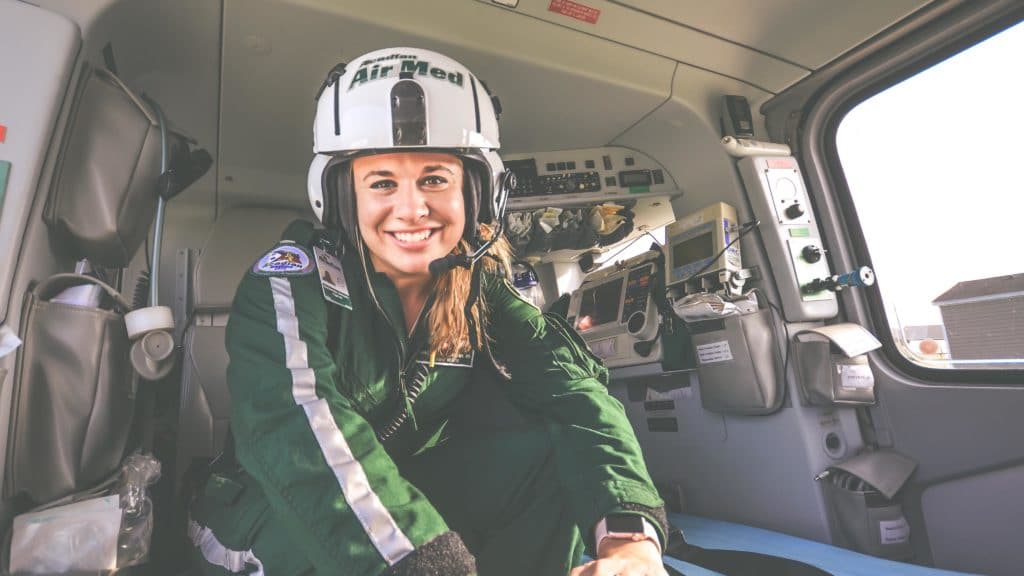
Take A&P for Paramedics Through NEMSA/SLCC
- National EMS Academy, in partnership with South Louisiana Community College, offers Anatomy and Physiology for Paramedics (EMSE 2201) which is a five-credit course that covers all body systems including integumentary, reproductive, skeletal, muscular, nervous, endocrine, cardiovascular, lymphatic, respiratory digestive, and urinary.
- The NEMSA/SLCC Anatomy and Physiology for Paramedics course is delivered online every Fall and Summer semester; the course is not offered in the Spring semesters.
- There are no prerequisites to entering Anatomy and Physiology for Paramedics. Students may complete EMSE 2201 concurrently with their EMT training, or they may wait to finish EMT training first then enter Anatomy and Physiology after passing National Registry EMT.
- Students must pass a college-level Anatomy and Physiology course that covers all 11 body systems.

Already Taken an A&P Class?
Your credits may be accepted.
- Not all Anatomy and Physiology courses are accepted, there are specific content requirements and the age of the classes is important.
- South Louisiana Community College Registrar’s Office is the official authority for accepting credits from other institutions. The college reviews how long ago the student took the Anatomy and Physiology credits and uses guidelines from the Department of Natural Sciences and the Allied Health Department to determine if credits are too old to be accepted.
- Not all Anatomy and Physiology courses cover all 11 body systems including integumentary, reproductive, skeletal, muscular, nervous, endocrine, cardiovascular, lymphatic, respiratory digestive, and urinary. Some colleges and universities break up the course content into two parts: Anatomy and Physiology 1 and Anatomy and Physiology 2.
- If students have taken Anatomy and Physiology 1 at another college or institution they may need to either take Anatomy and Physiology 2 at their same college where they took Anatomy and Physiology 1 or they may need to take Anatomy and Physiology for Paramedics at SLCC/NEMSA.
- If a student has taken an Anatomy and Physiology survey course at another institution this course may be accepted.
- How are Anatomy and Physiology courses evaluated by the Paramedic program:
- Students must complete an information session for Paramedic program.
- Students must send their electronic transcripts to SLCC Admissions (admissions@solacc.edu).
- Based on what courses are accepted by the college, the Paramedic program subject matter experts will review the courses and determine whether the courses are sufficient to start the Paramedic program.
- Subject matter experts will be contacted and will review the course catalog and/or course syllabus from the institution where the student took the Anatomy and Physiology courses. The review will compare the content that is taught at the institution where the student took A and P against the content that is taught in Anatomy and Physiology for Paramedics (EMSE 2201).
- If courses are not sufficient the student will be notified via email and will be advised what classes they should take before entering the Paramedic program.

